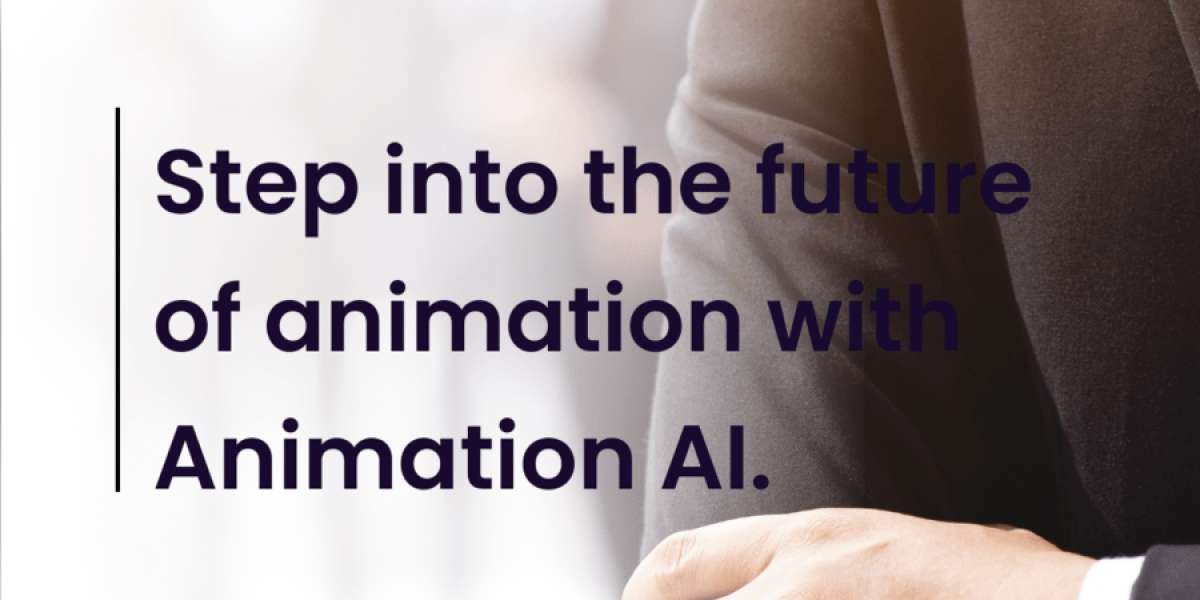Understanding AI Face Animator
AI Face Animator is a sophisticated application of deep learning algorithms that leverages facial recognition, computer vision, and machine learning techniques to animate digital representations of human faces. By analyzing facial features, expressions, and movements, this technology can generate lifelike animations that mimic the natural behavior of human beings. Through the amalgamation of neural networks and advanced data processing, AI Face Animator has the ability to capture subtle nuances in facial expressions, making it an invaluable tool for creating realistic and engaging digital content.
Evolution of AI Face Animator
The journey of AI Face Animator can be traced back to the early experiments in computer graphics and facial recognition. Over the years, the development of deep learning models and the availability of vast datasets have accelerated the progress of this technology. The pioneering research in generative adversarial networks (GANs) and recurrent neural networks (RNNs) has paved the way for the creation of AI Face Animator systems that can accurately simulate human facial movements and emotions. Furthermore, the integration of augmented reality (AR) and virtual reality (VR) has expanded the scope of AI Face Animator, allowing for immersive and interactive experiences.
Applications Across Industries
1. Entertainment Industry:
AI Face Animator has revolutionized the entertainment sector by enabling filmmakers, animators, and game developers to bring characters to life with unparalleled realism. It has facilitated the creation of lifelike animated films, video games, and virtual simulations, enhancing the overall viewing experience for audiences worldwide. Additionally, the technology has been instrumental in the development of virtual influencers and digital avatars, leading to the emergence of a new form of online entertainment and content creation.
2. Marketing and Advertising:
In the realm of marketing and advertising, AI Face Animator has empowered brands to craft compelling and personalized campaigns that resonate with their target audiences. By incorporating animated characters and virtual spokespersons, businesses can deliver engaging promotional content that captivates consumers and drives brand engagement. This has opened up new avenues for interactive advertising and has redefined the dynamics of consumer-brand interactions in the digital landscape.
3. Education and Training:
AI Face Animator has also found applications in the education and training sector, where it has been instrumental in developing interactive learning materials and educational simulations. By leveraging animated characters and virtual tutors, educators can create immersive and dynamic learning environments that cater to diverse learning styles. This technology has proven particularly beneficial in remote learning settings, providing students with engaging educational content and fostering a more interactive and personalized learning experience.
Ethical Considerations and Challenges
While AI Face Animator has unlocked a plethora of opportunities, its widespread adoption has raised certain ethical concerns and challenges. The potential misuse of this technology for the dissemination of misleading information, deepfakes, and unauthorized impersonations has emerged as a significant threat to digital trust and security. Moreover, ensuring the responsible and ethical use of AI Face Animator remains a critical concern, necessitating the implementation of stringent regulations and guidelines to mitigate the risks associated with its misuse.
Future Prospects and Emerging Trends
Looking ahead, the future of AI Face Animator appears promising, with ongoing research and development efforts focused on enhancing its capabilities and expanding its applications. The integration of AI Face Animator with advanced AR and VR technologies is expected to redefine the landscape of virtual experiences, fostering a new era of immersive entertainment and communication. Additionally, the refinement of ethical frameworks and the implementation of robust security measures will play a pivotal role in fostering the responsible integration and adoption of AI Face Animator across various industries.
Conclusion
In conclusion, AI Face Animator represents a groundbreaking leap in the realm of artificial intelligence, offering unprecedented possibilities for creative expression and digital innovation. With its transformative impact on diverse industries, this technology has reshaped the way we perceive and interact with digital content, opening up new avenues for immersive experiences and personalized interactions. While ethical considerations and challenges persist, the continuous advancement and responsible integration of AI Face Animator hold the key to unlocking its full potential and ensuring a secure and ethical digital future. As we embrace the era of AI Face Animator, it is imperative to prioritize the ethical use and regulation of this technology, fostering a sustainable and inclusive digital ecosystem for generations to come.



